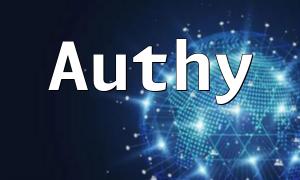Online chat functionality is an essential component for enhancing user interaction and experience on modern websites. This article walks you through building a basic online chat system using PHP, enabling real-time communication among users.
First, ensure that PHP is installed on your local machine. You can download the official PHP version or use integrated environments like XAMPP or WAMP to quickly set up your development environment.
Chat data and user information need to be stored in a database. This example uses MySQL to create two tables: one for storing message records and another for user details.
CREATE TABLE messages (
id INT PRIMARY KEY AUTO_INCREMENT,
sender VARCHAR(50),
receiver VARCHAR(50),
message TEXT,
timestamp TIMESTAMP DEFAULT CURRENT_TIMESTAMP
);
CREATE TABLE users (
id INT PRIMARY KEY AUTO_INCREMENT,
username VARCHAR(50),
password VARCHAR(255)
);
Users must log in before accessing the chat feature. Using PHP sessions, verify user identity and maintain login state.
// login.php
session_start();
if ($_SERVER['REQUEST_METHOD'] == 'POST') {
$username = $_POST['username'];
$password = $_POST['password'];
// Validate user credentials here
if (validation succeeds) {
$_SESSION['username'] = $username;
header('Location: chat.php');
} else {
echo "Incorrect username or password";
}
}
After successful login, show the chat interface which includes the list of online users and a message display area.
// chat.php
session_start();
if (!isset($_SESSION['username'])) {
header('Location: login.php');
}
// Display online users list
echo "<h3>Online Users</h3>";
echo "<ul>";
// Retrieve online users from the database
while (fetch each username) {
echo "<li>" . $username . "</li>";
}
echo "</ul>";
// Display chat messages
echo "<h3>Chat Messages</h3>";
echo "<div id='message-list'>";
// Retrieve messages from the database
while (fetch each message and sender) {
echo "<p>" . $message . "</p>";
}
echo "</div>";
When users input messages and send them, save these messages to the database and update the chat display in real time.
// chat.php
// Handle incoming messages
if (isset($_POST['sender']) && isset($_POST['message'])) {
$sender = $_POST['sender'];
$message = $_POST['message'];
// Insert message into database
// INSERT INTO messages (sender, receiver, message) VALUES ('$sender', '', '$message')
// Update chat display
echo "<p>" . $sender . ": " . $message . "</p>";
}
This article demonstrated how to create a simple online chat system using PHP, including user authentication, chat interface rendering, and message sending features. By storing messages in a database, it achieves basic real-time interaction. Future enhancements could include private messaging, push notifications, and multimedia support for a richer chat experience.









